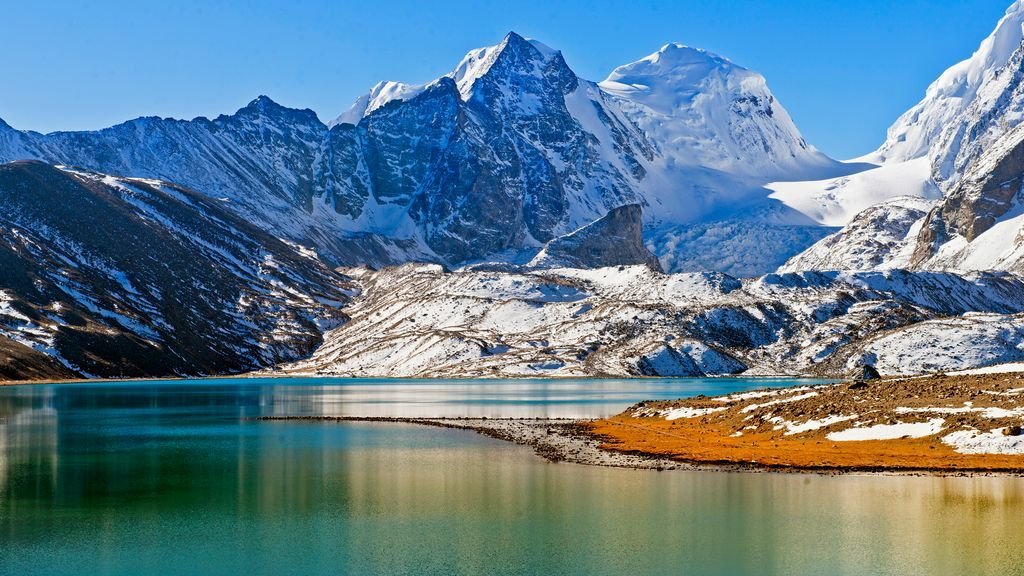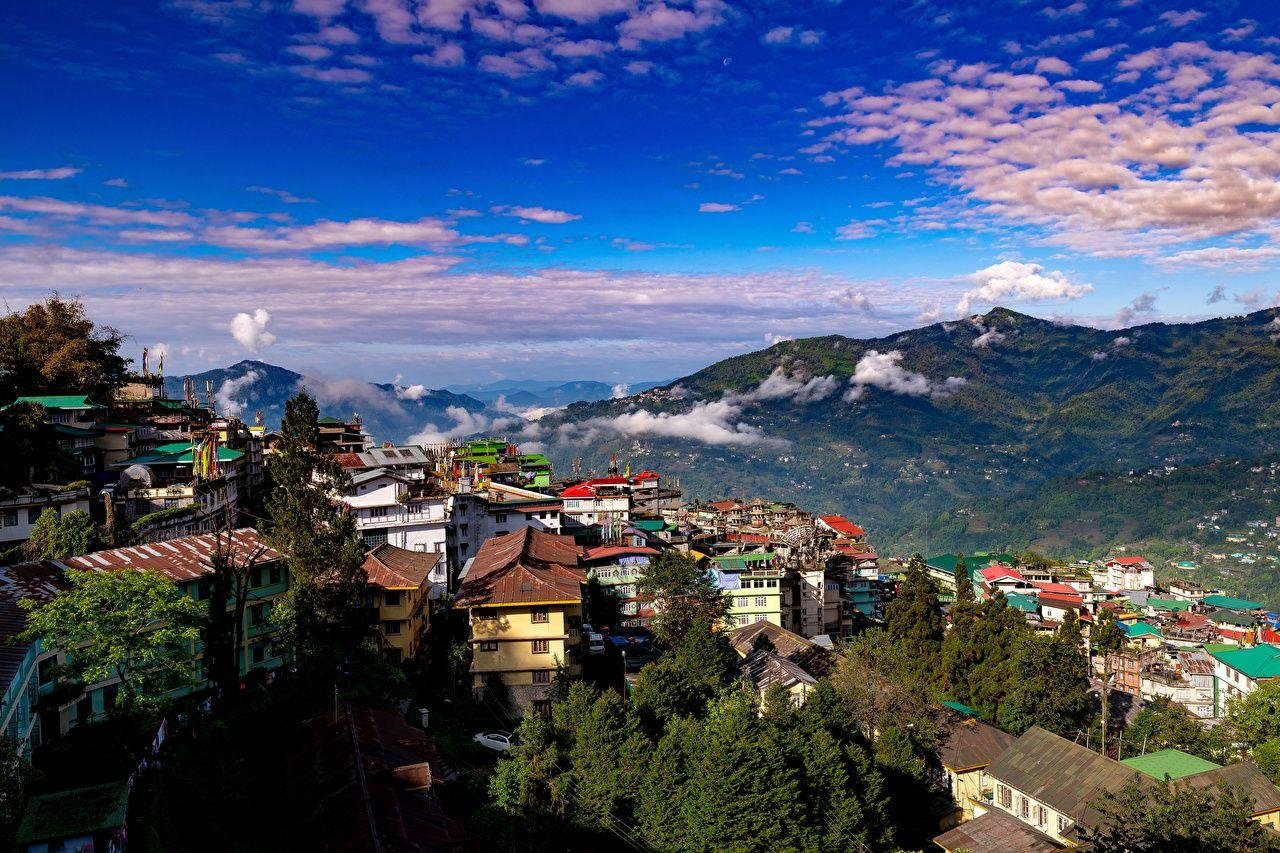Introduction to Trekking in Uttarakhand
Uttarakhand, nestled in the lap of the Indian Himalayas, is a dreamland for trekking lovers. From mist-covered forests to glacier-fed rivers, and from alpine meadows to snow-capped peaks, every trail here tells a different story. Trekking in Uttarakhand is not just about walking through mountains—it’s about experiencing raw nature, traditional village life, and spiritual calm that only the Himalayas can offer.
Why Trekking in Uttarakhand Feels So Authentic
The state’s geography makes it ideal for trekking throughout the year. Whether it’s summer, monsoon, or winter, Uttarakhand offers routes for every level—from beginners to seasoned trekkers. Treks like Kedarkantha and Nag Tibba are perfect for those starting out, while seasoned adventurers can tackle Nanda Devi Base Camp or Kalindi Khal. Each trail unveils a different side of the Himalayas—one of serenity, grandeur, and raw challenge.
The cultural and spiritual roots of the region also enhance the trekking experience. Many trails pass through ancient pilgrimage sites, sacred rivers, and old temples. This blend of adventure with deep-rooted culture makes trekking in Uttarakhand a soulful journey.
Top Treks for Every Kind of Trekker
Kedarkantha Trek: The Snow Lover’s Paradise
Kedarkantha is one of the most popular winter treks in Uttarakhand. The trail is covered with snow between December and April, offering picture-perfect views. At 12,500 feet, the summit view showcases ranges like Swargarohini, Bandarpoonch, and Black Peak. The gentle climb and charming campsites make it a favorite among beginners.
Valley of Flowers: Nature’s True Canvas
A UNESCO World Heritage Site, the Valley of Flowers trek is a must for nature lovers. Best visited in July and August, this trail offers lush meadows blanketed with hundreds of blooming species. The trek also takes you to Hemkund Sahib, a sacred Sikh shrine nestled beside a high-altitude lake.
Har Ki Dun: The Hidden Cradle of Gods
Known as the “Valley of Gods,” Har Ki Dun is a timeless trail that brings you closer to ancient Himalayan culture. This trail offers views of lush pine forests, remote villages, and snow-covered peaks. It’s ideal for those who enjoy history, mythology, and peaceful landscapes.
Roopkund Trek: The Mystery Lake Trail
Roopkund is not just a trek—it’s a journey into the unknown. Famous for its skeletal remains at the high-altitude lake, this trail challenges trekkers with rugged paths and steep ascents. Passing through Bugyals (meadows) like Bedni and Ali, the trek opens up to spine-chilling views and eerie legends.
Nag Tibba: Perfect Weekend Trek
Located near Mussoorie, Nag Tibba is an ideal short trek for city dwellers. Standing at 9,915 feet, the summit offers panoramic views of the Garhwal Himalayas. It can be completed in 2–3 days, making it a quick yet refreshing escape.
Seasonal Trekking Calendar in Uttarakhand
Each season offers something special for trekkers in Uttarakhand:
- Spring (March–April): Great for treks like Har Ki Dun and Pangarchulla Peak. Rhododendrons bloom during this time, painting the forest trails red and pink.
- Summer (May–June): Ideal for high-altitude treks such as Rupin Pass or Roopkund.
- Monsoon (July–August): Perfect for Valley of Flowers and Hemkund Sahib.
- Autumn (September–November): Clear skies and crisp air make this the best time for long treks.
- Winter (December–February): Snow treks like Kedarkantha and Brahmatal are most enjoyable now.
Essential Packing List for Trekking in Uttarakhand
Trekking in Uttarakhand requires thorough preparation. Here’s what to pack:
- Clothing: Thermal wear, waterproof jackets, trekking pants, gloves, and layered clothing depending on the altitude.
- Footwear: High-ankle waterproof trekking shoes with good grip.
- Essentials: Trekking pole, headlamp, power bank, sunglasses, sunscreen, reusable water bottle.
- Health Kit: Basic first-aid, altitude sickness medicine, antiseptic cream, pain relief spray.
Always pack light but smart. The weather can shift quickly in the mountains, so layering is key.
Safety Guidelines and Trekking Permits
Trekking in Uttarakhand comes with responsibility. Some trails pass through protected forest areas and require permits. For example:
- Roopkund and Nanda Devi treks fall under restricted zones.
- Valley of Flowers requires entry passes from the forest department.
Always check the latest guidelines before heading out. Hiring a local guide is highly recommended, especially for less-traveled or high-altitude treks. They bring in valuable insights about terrain, weather, and emergency response.
Also, follow basic safety tips:
- Acclimatize before gaining high altitude.
- Stay hydrated and eat energy-rich foods.
- Respect local customs and wildlife.
- Never litter—carry back all waste.
The People and Culture You Meet Along the Trails
Trekking in Uttarakhand is not just about the path but also the people. Many trails pass through tiny hamlets where locals live a lifestyle untouched by modern chaos. The Garhwali and Kumaoni communities are known for their warmth and hospitality.
During your journey, you might stay in homestays or shepherd huts. Interacting with locals over a cup of tea or helping them with small chores can be the highlight of your trek. Their stories, beliefs, and songs add meaning to your journey.
Eco-Conscious Trekking: Leave No Trace
The beauty of Uttarakhand’s trails lies in their purity. Sadly, the increasing footfall has affected some routes. As a responsible trekker, it’s vital to minimize your impact:
- Carry reusable utensils and water bottles.
- Say no to packaged foods with plastic waste.
- Use biodegradable soaps and shampoos.
- Do not pluck flowers, damage plants, or disturb wildlife.
- Camp only in designated areas.
Sustainable trekking ensures that future generations can also experience the untouched beauty of Uttarakhand.
Local Delights That Energize Your Journey
Trekking in Uttarakhand gives you a chance to taste regional foods that are both nutritious and delicious. Some local dishes to try:
- Aloo Ke Gutke: Spicy potato chunks with local spices.
- Mandua Roti: Roti made from finger millet—light yet filling.
- Chainsoo and Jhangora: Protein-rich lentil and millet preparations perfect for high-energy needs.
In higher villages, locals often offer freshly churned buttermilk or herbal teas made with Himalayan herbs. These are not just refreshing but help in digestion and acclimatization too.
Budgeting Your Trekking Trip
Although Uttarakhand offers a range of treks, costs can vary based on distance, difficulty, guide charges, permits, and stay options. Treks like Nag Tibba or Dayara Bugyal are budget-friendly, while high-altitude expeditions may require porters, mules, and extra gear.
Typical expenses include:
- Guide and porter charges
- Camping equipment rentals
- Forest department permits
- Transport to base village
- Food and lodging
Planning in advance helps save costs. Also, going with registered trekking companies ensures safety and better facilities.
How to Reach Uttarakhand for Your Trek
The main gateways for trekking in Uttarakhand are:
- Dehradun: Connected via air, rail, and road. Ideal for treks in the Garhwal region like Kedarkantha, Har Ki Dun, and Nag Tibba.
- Kathgodam or Haldwani: Entry points for Kumaon treks such as Pindari Glacier or Namik Glacier.
- Rishikesh and Haridwar: Common start points, especially for spiritual and cultural treks.
From these towns, local taxis or shared jeeps can take you to the base villages. Always keep an extra buffer day for travel disruptions due to weather.
Final Thoughts
Trekking in Uttarakhand is not just an outdoor activity—it’s a journey of the soul. The Himalayan air, the silence of pine forests, the whisper of rivers, and the gaze of snow-covered peaks stay with you long after the trek ends. Whether you are walking to a sacred lake or sleeping under a sky full of stars, every moment spent in the mountains brings you closer to nature—and to yourself.
So, lace up your boots and take the path less followed. Uttarakhand is waiting with trails that challenge your strength, calm your mind, and warm your heart.Tools








Leave a Reply